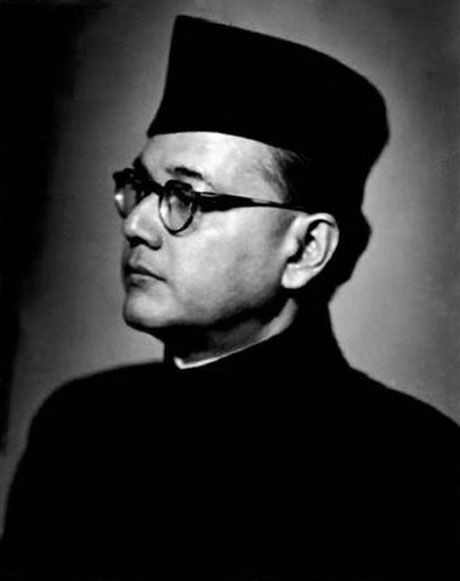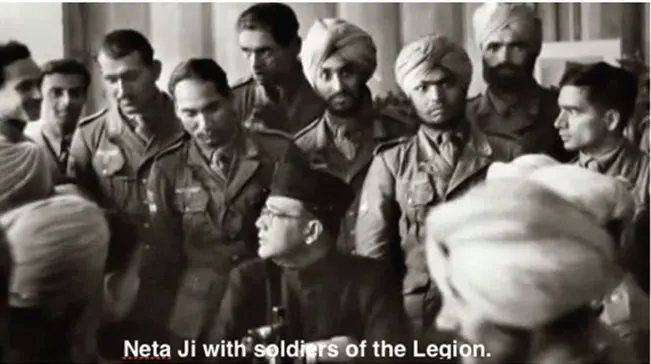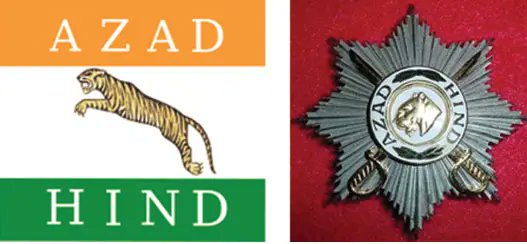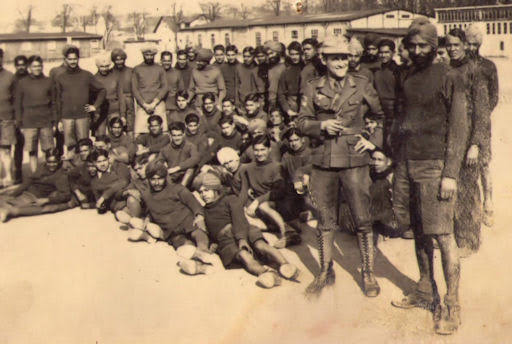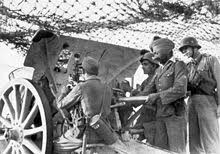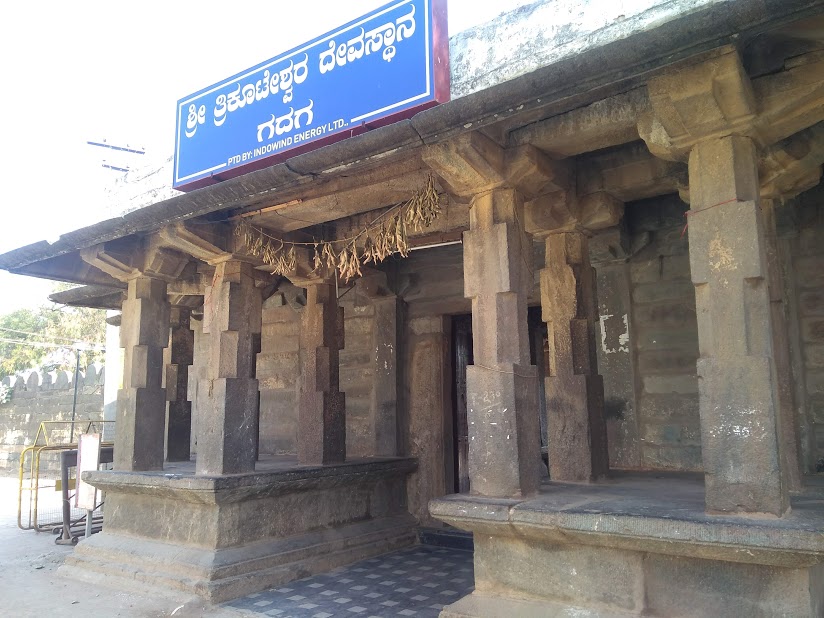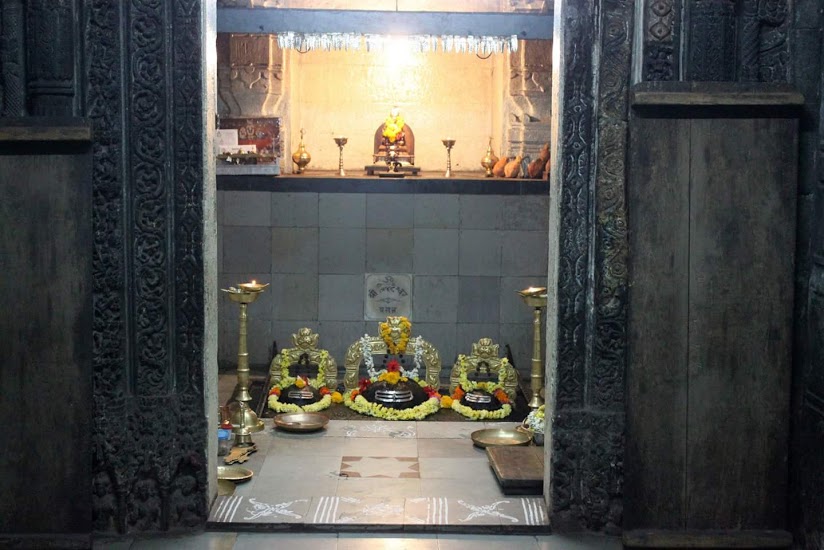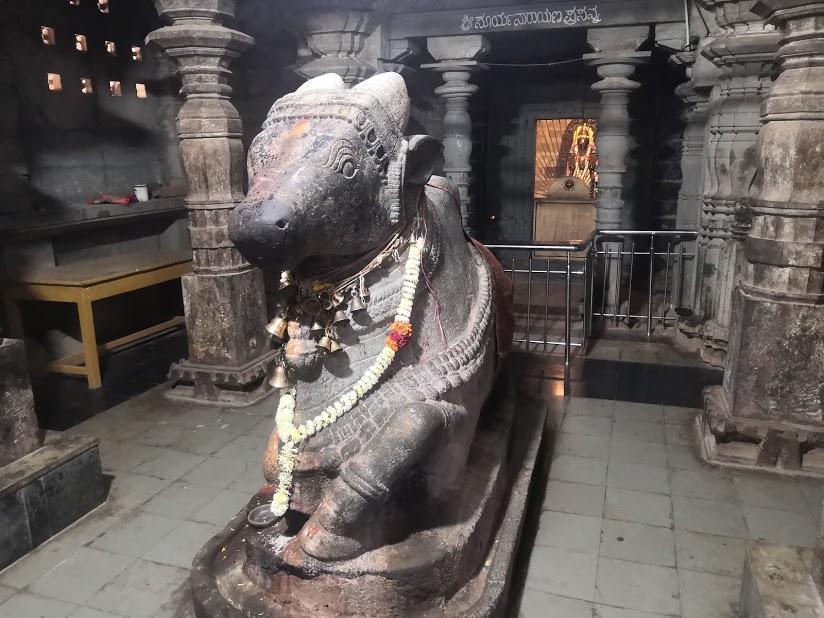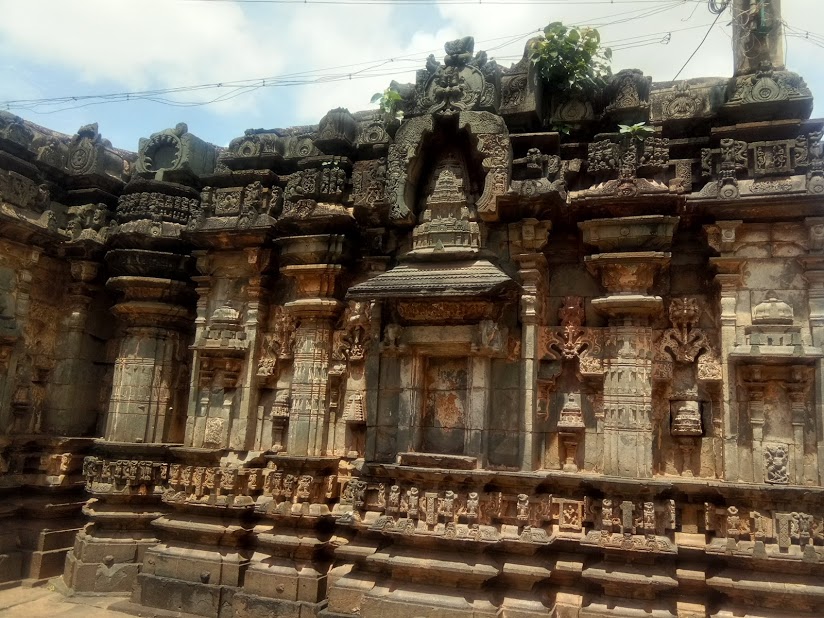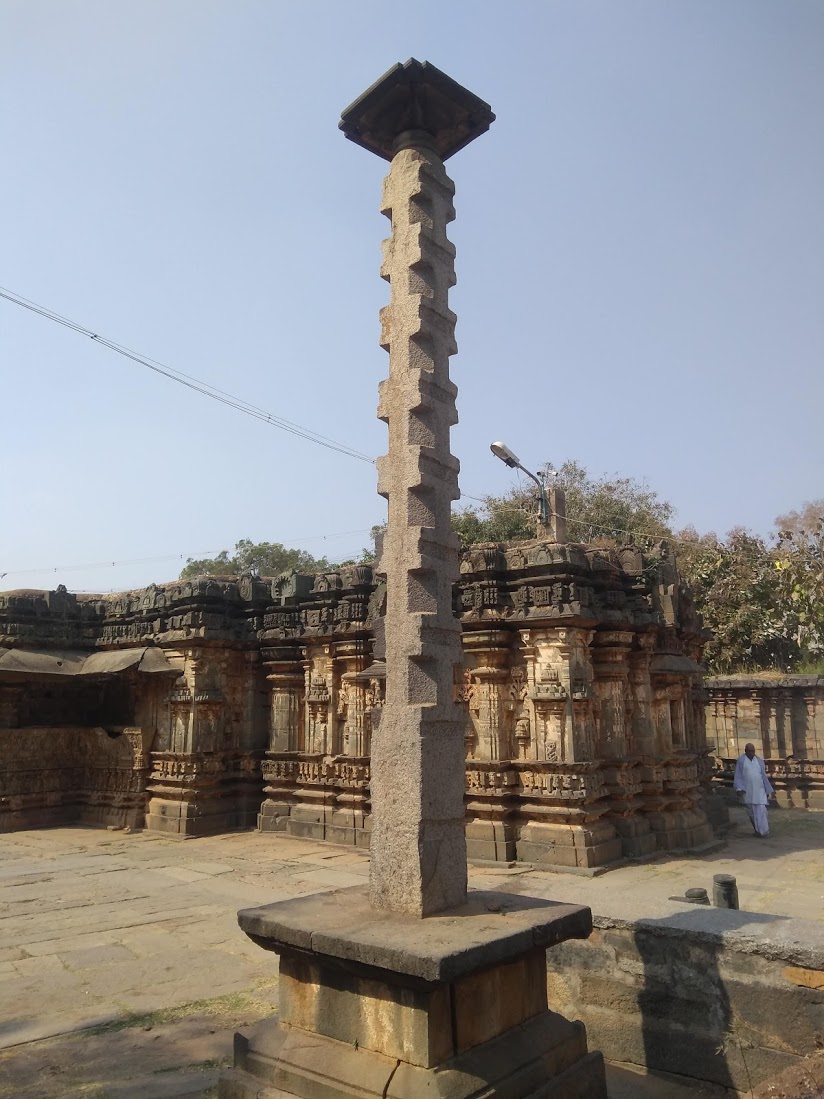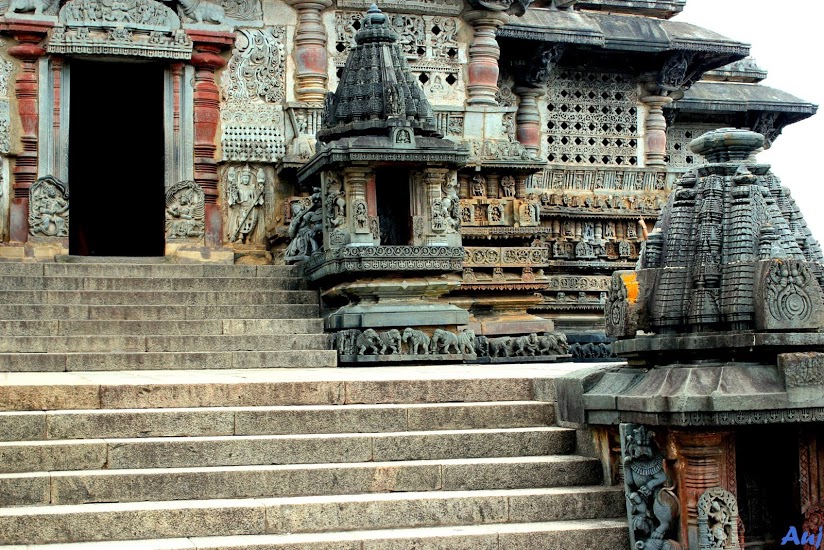
Nartiang Durga Temple, Nartiang, West Jaintia Hills, Meghalaya.
Nartiang Durga temple dedicated to maata Parvati is around 500 years old and distinguishes itself as one of the 51 shaktipeeths. The soil for Bhumi pujan of Ram Mandir, Ayodhya came from this temple.
(Thread)



Nartiang Durga temple dedicated to maata Parvati is around 500 years old and distinguishes itself as one of the 51 shaktipeeths. The soil for Bhumi pujan of Ram Mandir, Ayodhya came from this temple.
(Thread)




The temple, locally famous as Maa Jayanteshwari, is one of 3 shakti peeths of maa Durga in northeast India. It’s believed that the left thigh of devi Sati fell here in the Jaintia hills.(1) 





The temple was originally constructed by king Dhan Manik who followed Nimatre faith of ancient Khasis. Maa Jayanteshwari was the presiding deity of Jaintia royalty.(2)
In the 17th century, Jaintia kingdom was led by king Jaso Manik. He married a Hindu princess named Lakshmi Narayana. She was a Shakti devotee and introduced Hinduism to her husband.(3)
The Nimatre faith which involved worshipping the mother goddess Jayanteswari got assimilated into the Shakti tradition of sanatan dharma.(4)
When Jaso Manik required a priest to conduct durga puja rituals, no Brahmin was willing to take up the task as it involved human sacrifice as a part of khasi tribal traditions.(5) 

Therefore he had to invite a Maratha Deshastha brahmin as priest. Deshastha brahmins having brought up in Kshatriya traditions, agreed to perform human and animal sacrifice.(6)
Human sacrifice was banned later. Now, goats are sacrificed on maha ashtami after making it wear a human mask and a dhoti. Rituals of both Hindu and ancient Khasi traditions are followed. The local chieftain or Syiem is considered the chief patron of the temple.(7)
The Ramakrishna mission rebuilt the temple giving it a more permanent structure with addition of a tin roof and other small renovations.(8)
This shaktipeeth is a unique blend of khasi and hindu traditions. Since the followers of ancient Niamtre faith do not worship any idols, the tradition continues. During Durga puja, the trunk of a banana tree is worshipped as maa Durga.(9)
• • •
Missing some Tweet in this thread? You can try to
force a refresh


